To what extent to refugees move around Norway after becoming permanent residents? New national statistics paint an interesting picture.
People with a refugee background move to other parts of the country to a lesser extent than in previous years. Among those who do move, Oslo, Trondheim and Bergen are the most popular choices.
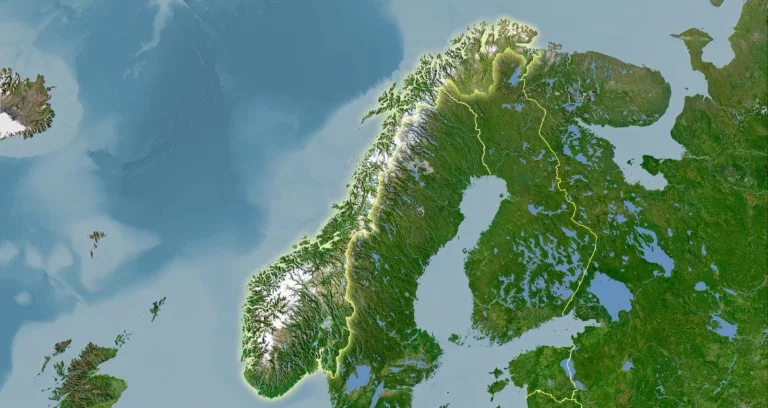
Those are the highlights from a recent report from Statistics Norway, which tracks relocations within the country together with many other Norway stats.
Table of Contents
Tracking relocation among immigrants
Many refugees in Norway move around the country after being granted a residence permit. Some move to a different municipality, while others move out of the country.
Since 2005, Statistics Norway (SSB) has monitored these movements (so-called secondary migrations or secondary relocations) on behalf of the Ministry of Education and Research.
The monitoring is intended as an aid for central authorities, county municipalities and local municipalities in their planning work for, among other things, integration and population forecasts.
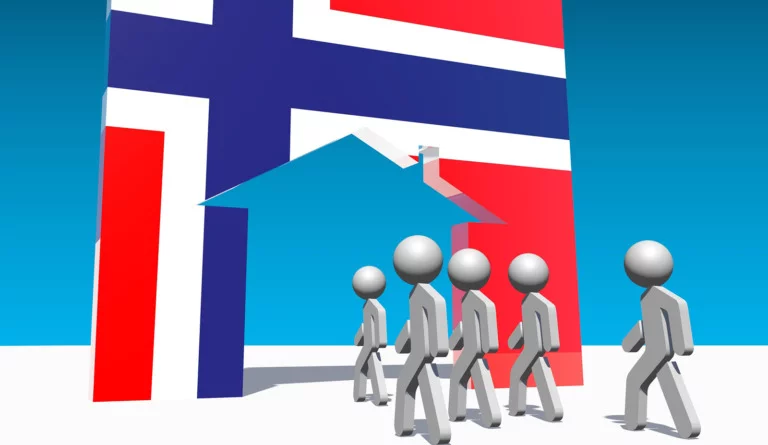
This latest monitoring report provides a description of the migration behaviour of people with a refugee background residing in the 10-year period from 2010-2019. It follows them to where they live as of 1 January 2020.
During the ten-year period, a total of 95,000 refugees and family members settled in Norway. The largest refugee groups were from Syria (29,800), Eritrea (17,900), Somalia (12,300) and Afghanistan (7,400).
Big cities have the biggest pull
The best places to live in Norway depend very much on your circumstances. Residents of Norway with a refugee background often live less centrally than the general population. Centrally means close to a large urban area.
This is because incoming refugees are spread out around the country so as not to overload the welfare services of any one region.
This means that once settled, many refugees choose to move to more ‘central' parts of the country, such as Oslo, Bergen and Trondheim.
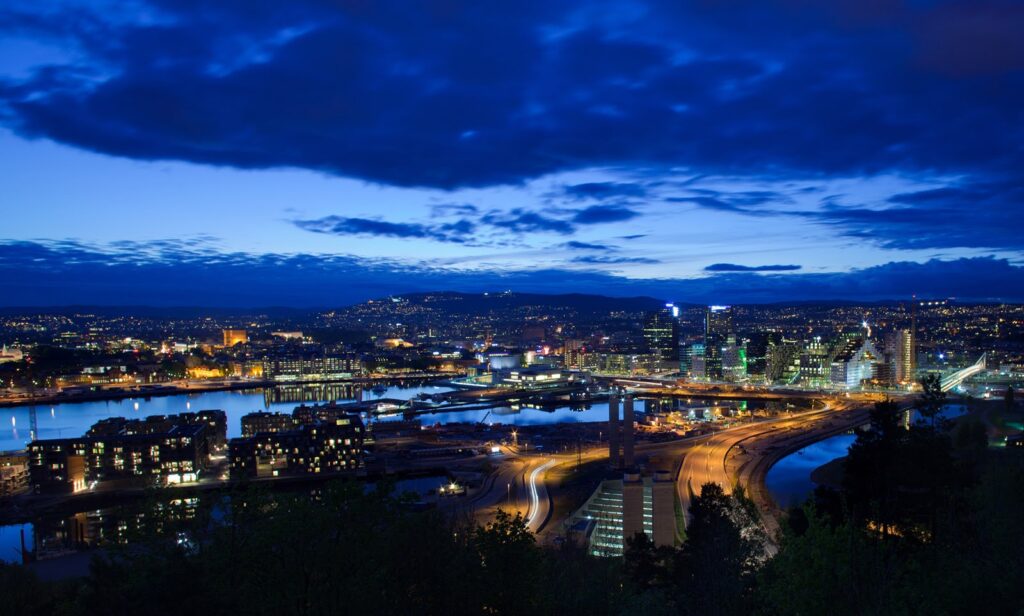
The report suggests different motivations that may be behind the trend. These include economic factors, such as the increased job opportunities in Oslo. But they may also include a social element, such as wanting to move closer to family or friends who may live elsewhere in Norway.
This chart below is a little hard to read. Sorry for that! It compares the place of residence of the refugee ‘cohort' of 2015 (green) with where they lived at the beginning of 2020 (black). As you can see, more relocated to the big cities.
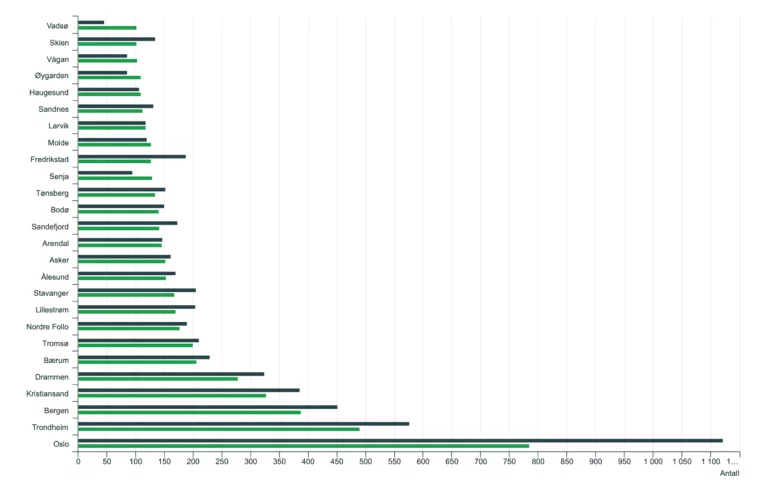
Northern Norway less appealing
The data also shows a clear desire to move away from municipalities in Northern Norway. This mirrors a population drain trend among the general population.
Vadsø saw the largest decline in numbers of residents with a refugee background. In 2015, there were 102 people with a refugee background settled in the municipality. But by 2020, 56 of them had moved out, and no one had moved in.
It's an interesting finding given earlier reports that suggested the positive impact immigration has on rural areas of Norway.
But refugee relocation is decreasing overall
In the period 2010-2019, the proportion of secondary migrants is now lower compared with those who settled in 2003 and 2005. Secondary migration also appears to have stabilised at a lower level for the refugees who settled after the introduction scheme was introduced as mandatory for the settlement municipality.
The introduction scheme is a mandatory training in–among other things–Norwegian language and social studies. It's designed to prepare the person for work or further education.
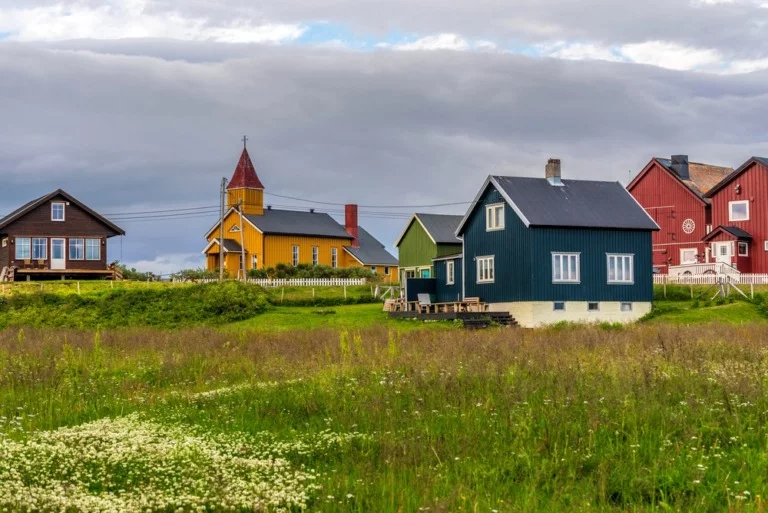
A five-year perspective
Norwegian municipalities receive a state subsidy for every refugee who settles there for the first five years. This means, the number of relocations after five years is of interest to municipal planners.
Read more: Norway Immigration Guide
In 2013 and 2014, 7,800 and 8,900 people with a refugee background settled in Norway. The Syrian war caused a rise to 13,300 in 2015. Across the country as whole, more than eight out of ten of these refugees remained in the same municipality five years later.
This is a trend that has continued over time. Back in 1999, it was more like six in ten. However, there are big local variations within the statistics.
As mentioned earlier, Northern Norway saw the biggest number of refugees leave during the first five years after original settlement. In contrast, far more of the refugees settled in Oslo and Viken tended to stay.
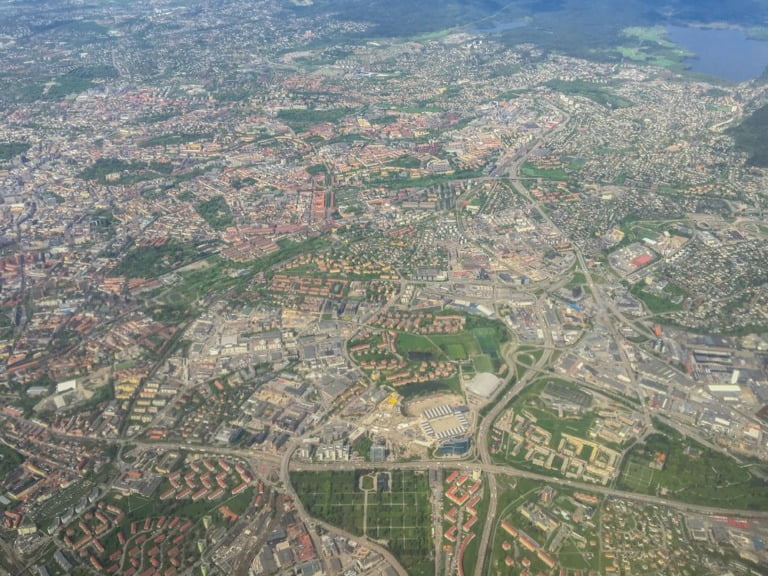
Who moves the most?
The report also assessed secondary relocations among refugees from the four biggest nationality groups in 2010-2015: Eritrea, Somalia, Syria and Afghanistan.
It found that Somalian and Eritrean refugees tended to remain in their settlement municipality more than other groups.
“For the Somalis, the high level of settlement is probably related to the fact that many who settled during these years came as family members to refugees who were already well established in a municipality,” said the report.
From 2010 to 2015, a total of 4,800 Afghanistan refugees settled in Norway. They tend to move more than refugees from other countries. Only 74% lived in their first settlement municipality five years later.
“This can be seen in connection with the fact that young people living alone are more mobile than families with young children. Among Afghan people with a refugee background, there are relatively many young, single men,” explained the report.

